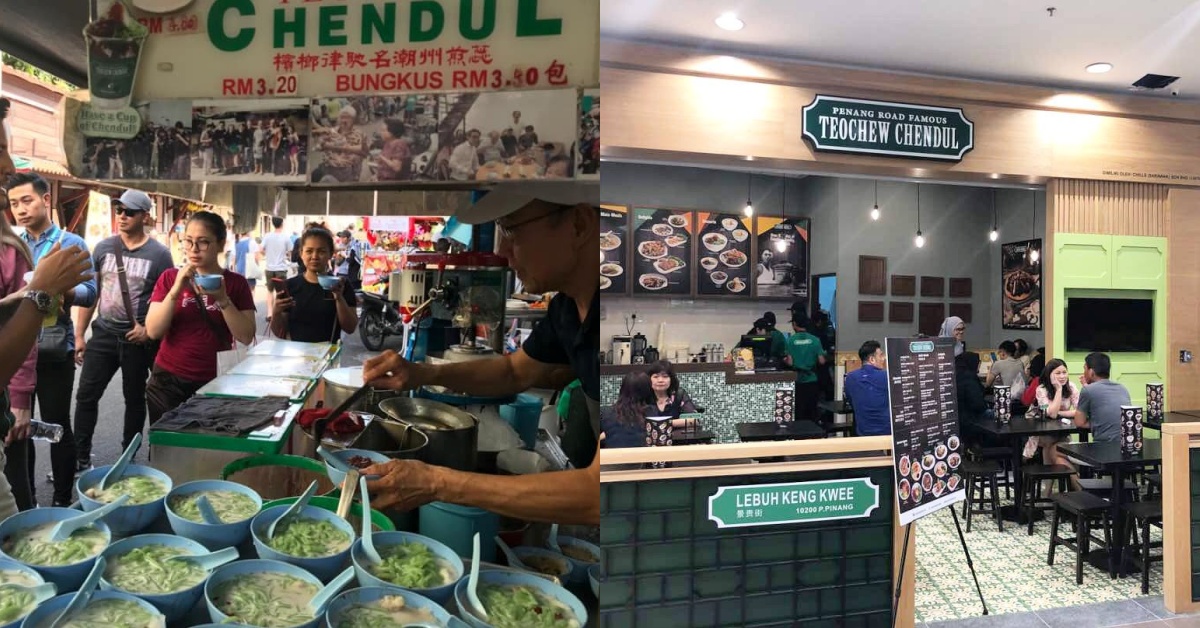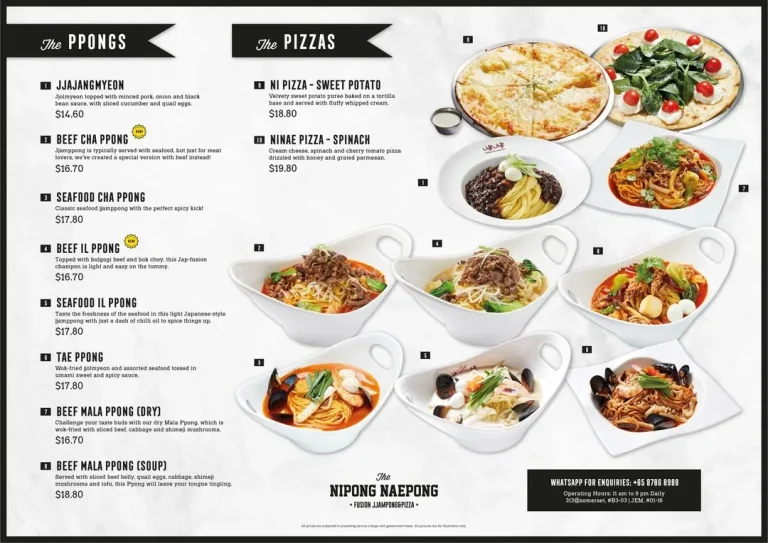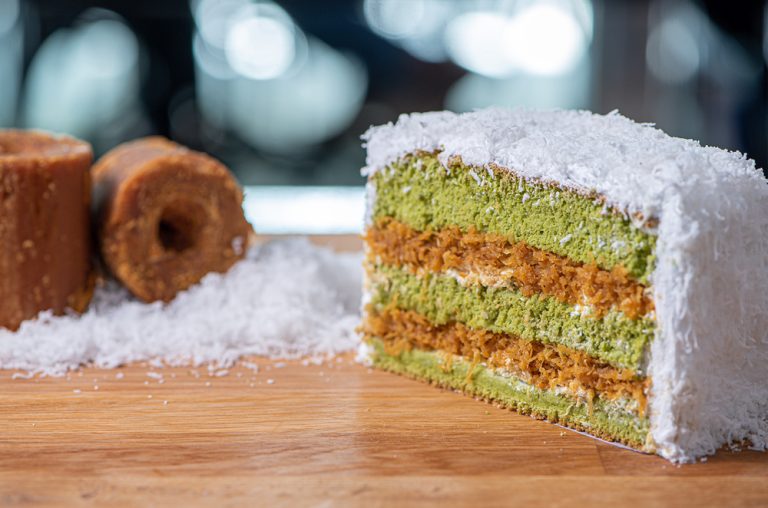Located in the heart of George Town, Penang, Lebuh Keng Kwee is one of the island’s most historic streets, blending the old-world charm of the city with modern-day vibrancy. While it may not be as widely recognized as some of Penang’s other tourist destinations, Lebuh Keng Kwee is home to hidden gems waiting to be discovered by those who venture down its lanes. From art galleries to delicious street food, colonial architecture to quirky shops, Lebuh Keng Kwee offers a unique slice of Penang that is well worth exploring.
In this article, we will take a closer look at the hidden gems that line Lebuh Keng Kwee, uncovering the lesser-known spots that make this street a must-visit on your next trip to Penang.
Introduction to Lebuh Keng Kwee
Lebuh Keng Kwee is situated in the UNESCO-listed heritage zone of George Town, a part of the city that is renowned for its historic buildings, narrow alleyways, and vibrant street life. While George Town is famous for its heritage trails, street art, and the famous Penang Street Food, Lebuh Keng Kwee is an area that often flies under the radar for many visitors.
It is a narrow street that connects some of the city’s most iconic landmarks, including KOMTAR, Penang’s tallest building, and the famous Chulia Street, known for its bustling food scene. Over the years, the street has undergone several transformations, evolving from a traditional colonial thoroughfare to a more cosmopolitan space that showcases the rich cultural diversity of Penang.
The History Behind Lebuh Keng Kwee
The name Lebuh Keng Kwee itself is steeped in history. “Lebuh” means “street” in Malay, and Keng Kwee refers to a prominent figure in Penang’s past. The street was originally part of the city’s early Chinese settlement, and its legacy as a vibrant trade hub is still evident today. It is believed that the area was once inhabited by Chinese immigrants who played a key role in Penang’s development during the British colonial era.
Many of the buildings along the street reflect this historical significance, featuring classic Straits Chinese architecture, often referred to as Peranakan-style, which is characterized by ornate facades, wooden shutters, and beautiful tile work.
Street Art: Penang’s Outdoor Gallery
One of the most striking features of Lebuh Keng Kwee is its vibrant street art scene. Penang has become known as a hub for street art, and Lebuh Keng Kwee is no exception. Walking down the street, you’ll find stunning murals painted by local and international artists, depicting scenes of Penang’s rich cultural heritage, daily life, and natural beauty.
Some of these murals are part of the George Town UNESCO World Heritage Site, and many are created in collaboration with Penang’s art festivals. One of the most famous murals is “Children on a Bicycle,” a painting by artist Ernest Zacharevic, which can be found on nearby streets, but the impact of street art spills over into Lebuh Keng Kwee as well.
For street art enthusiasts, the murals on Lebuh Keng Kwee are a must-see, as they provide an authentic and creative insight into the soul of George Town.
The Tantalizing Food Scene of Lebuh Keng Kwee
One of the best ways to experience Lebuh Keng Kwee is through its street food. Penang is world-renowned for its street food culture, and Lebuh Keng Kwee does not disappoint. The street is lined with food stalls and small eateries offering a wide variety of local dishes, ranging from classic hawker fare to more modern fusion offerings.
Char Koay Teow, Assam Laksa, and Penang Rojak are just a few of the popular dishes you can find here. Char Koay Teow, a stir-fried noodle dish with prawns, eggs, and bean sprouts, is a crowd favorite, often served sizzling hot from the wok.
If you’re in the mood for something sweet, don’t miss the famous Penang Chendol – a dessert made from shaved ice, coconut milk, green jelly noodles, and palm sugar. The combination of textures and flavors is a refreshing treat, perfect for the warm climate of Penang.
The Majestic Architecture of Lebuh Keng Kwee
The buildings along Lebuh Keng Kwee offer an impressive display of colonial architecture mixed with elements of traditional Straits Chinese design. As you walk down the street, you’ll notice the distinctive pre-war shop houses with intricate facades, mosaic tile work, and Chinese-inspired detailing.
These buildings reflect the influence of the British colonial era in Penang, when the city became a key trading port. Today, many of these heritage buildings have been lovingly restored and repurposed into cafes, art galleries, and boutique shops, making Lebuh Keng Kwee a great place to experience Penang’s architectural evolution.
The Quirky Boutiques and Shops
Lebuh Keng Kwee is home to a variety of quirky boutiques and independent shops, perfect for those looking for unique souvenirs or gifts. From local handicrafts to vintage clothing, there is something for every type of shopper.
One popular stop is the Penang Peranakan Mansion, where visitors can find beautifully crafted goods that showcase the blend of Chinese and Malay heritage. This museum also offers a glimpse into the history of the Peranakan community in Penang, making it a great place to learn more about the culture while shopping for traditional goods.
If you’re interested in local art and design, Lebuh Keng Kwee also hosts a number of galleries showcasing the works of both emerging and established artists. From paintings to sculptures, these galleries offer a fresh perspective on Penang’s artistic landscape.
The Charm of Traditional Markets
While Lebuh Keng Kwee is known for its cafes and restaurants, it is also home to traditional markets where visitors can purchase fresh produce, spices, and local goods. These markets offer a more authentic experience of Penang’s daily life, with vendors selling everything from tropical fruits to handcrafted items.
For a more immersive experience, take a stroll through Penang’s morning markets, where you can find the freshest ingredients for your meals or simply enjoy the vibrant atmosphere of the market.
Heritage Walking Tours
One of the best ways to experience Lebuh Keng Kwee is by joining a heritage walking tour. These tours are guided by local experts who can provide historical context about the street and its surrounding area. You’ll learn about the significance of the buildings, the street’s evolution, and the people who shaped its history.
Walking tours are a great way to discover hidden stories and facts about Lebuh Keng Kwee that you may not find in guidebooks. These tours typically cover other parts of George Town as well, offering an in-depth look at the city’s UNESCO heritage.
A Visit to the Khoo Kongsi Clan House
Just a short walk from Lebuh Keng Kwee is the famous Khoo Kongsi Clan House, one of the most impressive clan houses in Penang. This historical building was established by the Khoo family, one of the wealthiest Chinese families in Penang. The mansion boasts a stunning design, with intricate carvings, decorative tiles, and ornate interiors.
A visit to the Khoo Kongsi Clan House gives visitors a glimpse into the life of the Chinese elite in the 19th century and is a great way to learn about Penang’s Chinese heritage.
The Nighttime Vibes of Lebuh Keng Kwee
As the sun sets, Lebuh Keng Kwee transforms into a lively hub of activity. While the daytime offers a more relaxed vibe, the evenings bring out the street’s nightlife, with bars, cafes, and restaurants buzzing with energy. Enjoy a cocktail at one of the street’s hip bars or grab a late-night snack from one of the food stalls.
The evening ambiance of Lebuh Keng Kwee offers a different perspective of the street, with streetlights illuminating the beautiful architecture and creating a romantic atmosphere for evening strolls.
Conclusion
Lebuh Keng Kwee is more than just a street in Penang – it’s a journey through the island’s history, culture, and local life. From its colonial-era architecture to its vibrant street food scene, this charming street has something for everyone. Whether you’re a history enthusiast, a foodie, or an art lover, Lebuh Keng Kwee will leave you with lasting memories and a deeper appreciation for the rich heritage of George Town.
So, on your next visit to Penang, don’t miss the chance to explore the hidden gems of Lebuh Keng Kwee. It’s an experience that will take you off the beaten path and into the heart of what makes Penang such a unique and special destination.
FAQs
What is the best time to visit Lebuh Keng Kwee?
The best time to visit Lebuh Keng Kwee is in the early morning or late afternoon when the weather is cooler and the street is less crowded.
Is there parking available around Lebuh Keng Kwee?
Yes, there are several parking options around Lebuh Keng Kwee, including street parking and nearby parking lots.
What are the must-try dishes on Lebuh Keng Kwee?
Must-try dishes include Char Koay Teow, Penang Laksa, and Chendol.
Is Lebuh Keng Kwee suitable for families?
Yes, Lebuh Keng Kwee is a family-friendly street with a variety of restaurants, shops, and cultural attractions.
Can I take a walking tour of the street?
Yes, there are heritage walking tours available that explore Lebuh Keng Kwee and the surrounding areas, offering insights into the history and culture of the street.
Also read: Parque Khao Sok: 10 Best Hiking Trails for Nature Lovers




Leave a Comment